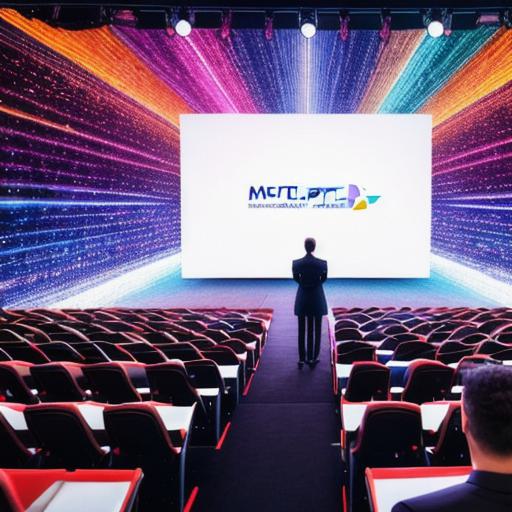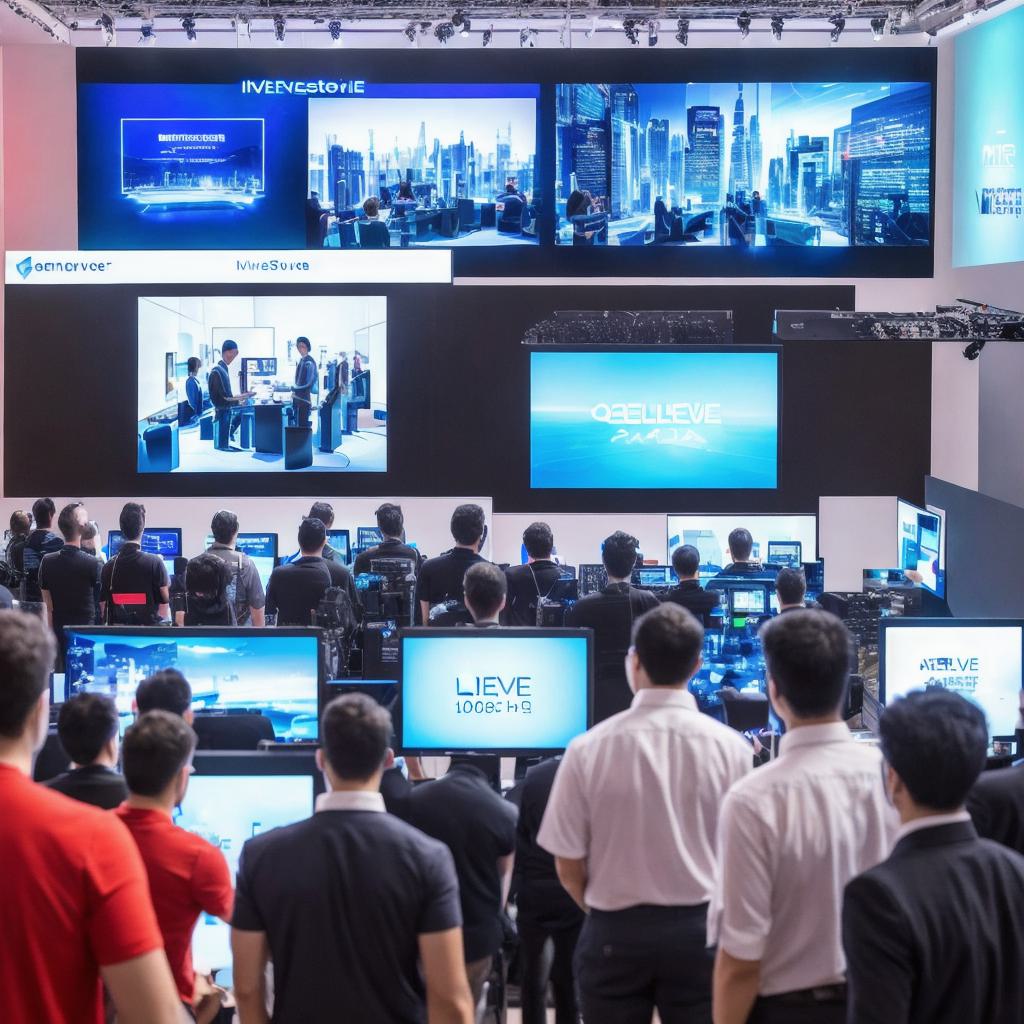Metaverses are virtual worlds where users can interact, create, and socialize in 3D environments. With the rise of virtual reality and blockchain technology, the opportunity to build your own metaverse has become a reality. In this comprehensive guide, we’ll explore the steps you need to take to create your own metaverse as an individual.
I. Understanding the Basics
Before diving into the creation process, it’s essential to understand the fundamental concepts of metaverses and the tools required to build one.
A. What is a Metaverse?
A metaverse is a virtual world where users can interact in real-time, create content, and socialize with others. These environments are often persistent, meaning they exist continually, allowing for a rich, immersive experience.

B. Requirements for Building a Metaverse
To build your own metaverse, you’ll need the following:
- A 3D modeling software like Blender or Maya
- Knowledge of programming languages like C++ or Unity script
- Familiarity with blockchain technology and smart contracts
- Virtual reality hardware (optional)
II.
Planning Your Metaverse
The first step in creating your metaverse is to plan out the environment, features, and user experience.
A. Conceptualizing Your Metaverse
Brainstorm ideas for your metaverse’s theme, storyline, and functionality. Consider what makes it unique from existing virtual worlds and how you can engage users.
B. Designing the Environment
Create detailed designs of the metaverse’s landscape, architecture, and structures using 3D modeling software. Ensure that each element is optimized for a smooth user experience.
C. Creating the User Interface (UI)
Design an intuitive UI for your metaverse, making it easy for users to navigate and interact with the environment. Consider incorporating features like text chat, voice chat, and emotes to enhance the social experience.

III.
Building Your Metaverse
With a solid plan in place, you can now start constructing your metaverse using various tools and technologies.
A. Setting Up the Foundation
Choose the platform on which you’ll build your metaverse (e.g., Unity, Unreal Engine). Set up the base structure, including the terrain, lighting, and other essential components.
B. Creating Assets
Design and create 3D models for objects and characters that will populate your metaverse. Texture and animate these assets to bring them to life.
C. Implementing Interactions
Add user interactions like grabbing, throwing, and manipulating objects. Integrate physics simulations to make the environment more immersive.
D. Coding User Experiences
Write scripts to control user behavior and implement features like quests, missions, and achievements. Utilize smart contracts for transactions and ownership verification.
E. Integrating Blockchain Technology
Integrate blockchain technology into your metaverse using platforms like Decentraland or The Sandbox. Implement non-fungible tokens (NFTs) for in-game items, allowing for true ownership and scarcity.
IV.
Testing and Launching Your Metaverse
Before releasing your metaverse to the public, thorough testing is essential to ensure a smooth user experience.
A. Beta Testing
Invite a select group of users to test your metaverse and gather feedback. Address any bugs or issues that arise during this phase.
B. Marketing and Promotion
Create a marketing strategy to attract users to your metaverse, including social media campaigns, influencer collaborations, and community engagement.
C. Launching Your Metaverse
Once testing is complete, officially launch your metaverse to the public. Continuously update it with new features, content, and user-generated elements to maintain an active and engaging community.
In conclusion, creating a metaverse requires a solid plan, dedication, and a diverse set of skills. By understanding the basics, planning carefully, building your world, testing extensively, and launching effectively, you can develop a unique and captivating virtual environment that users will love to explore.
